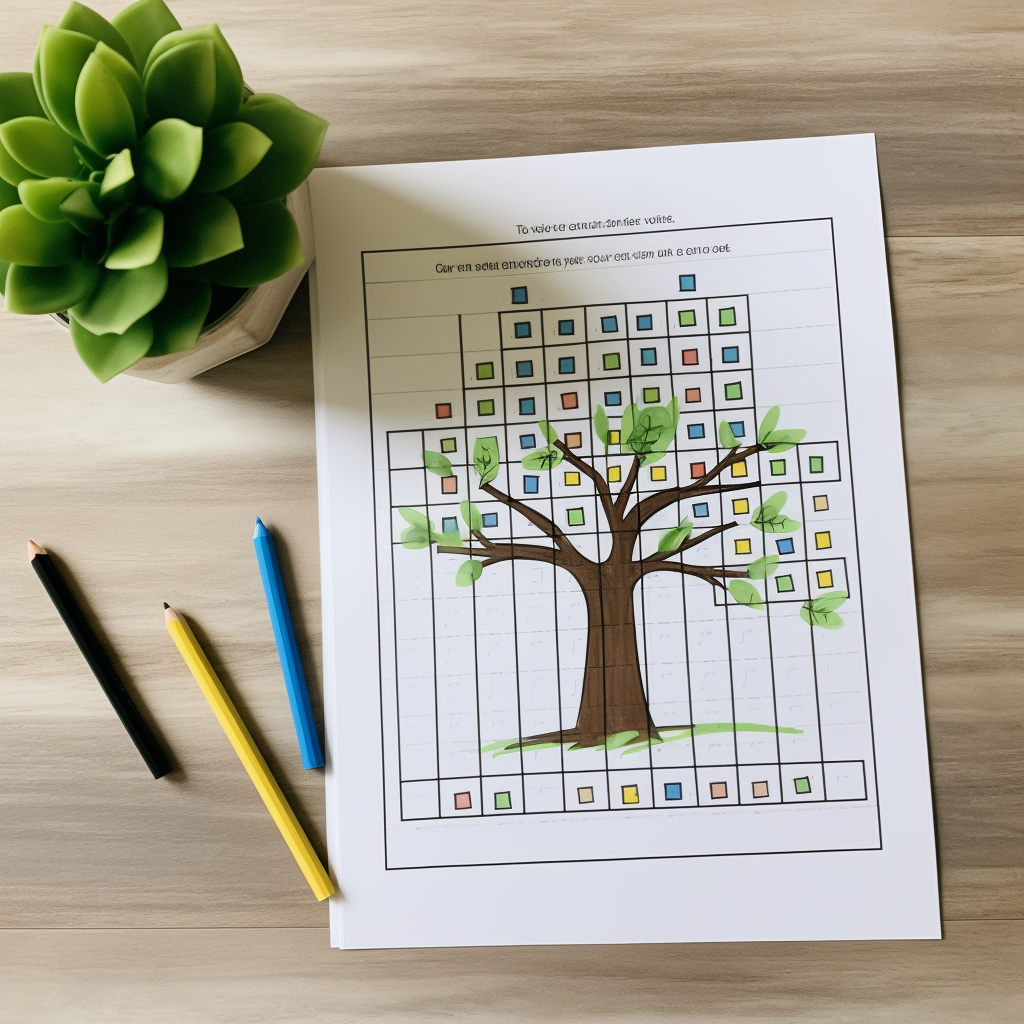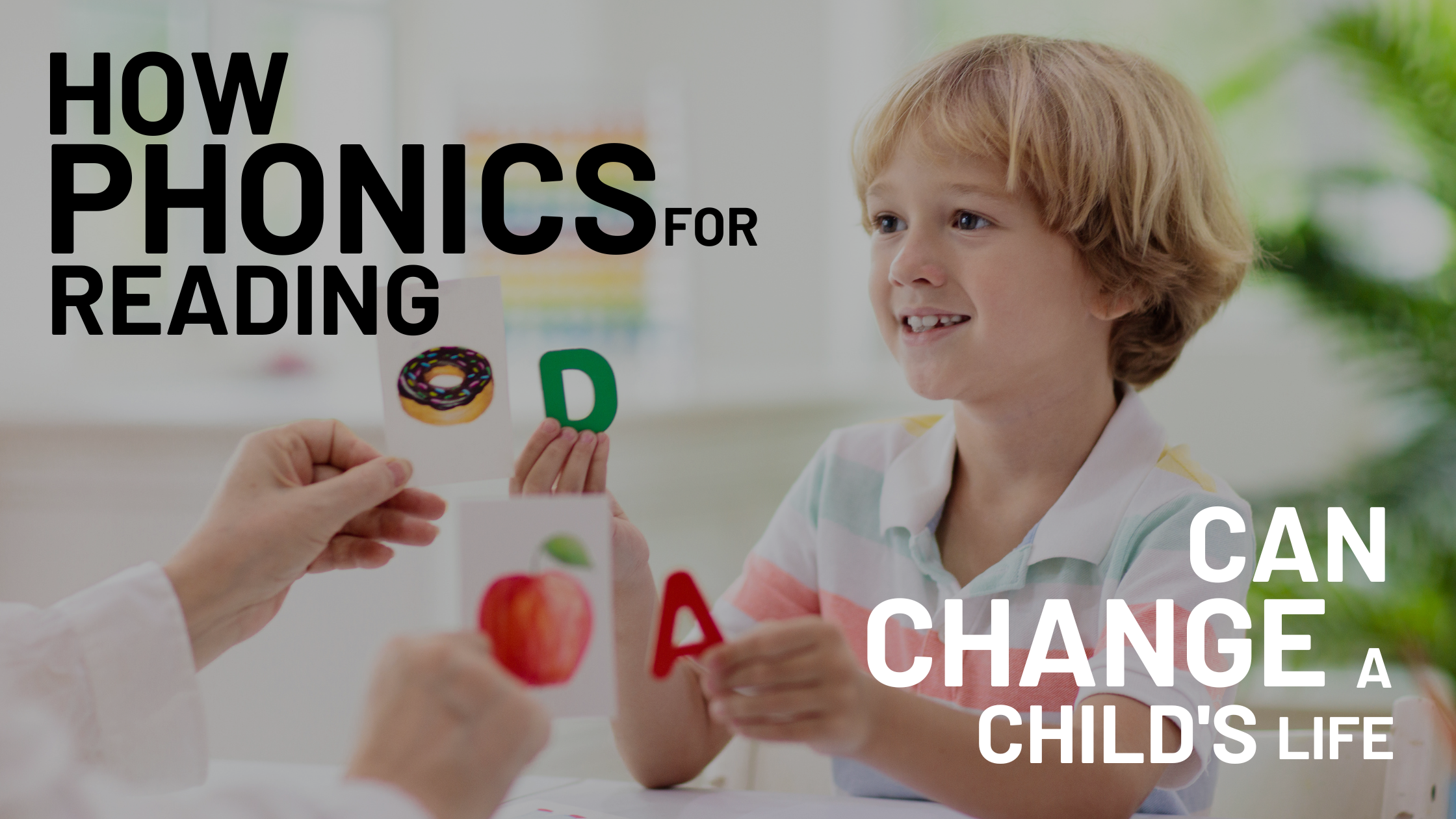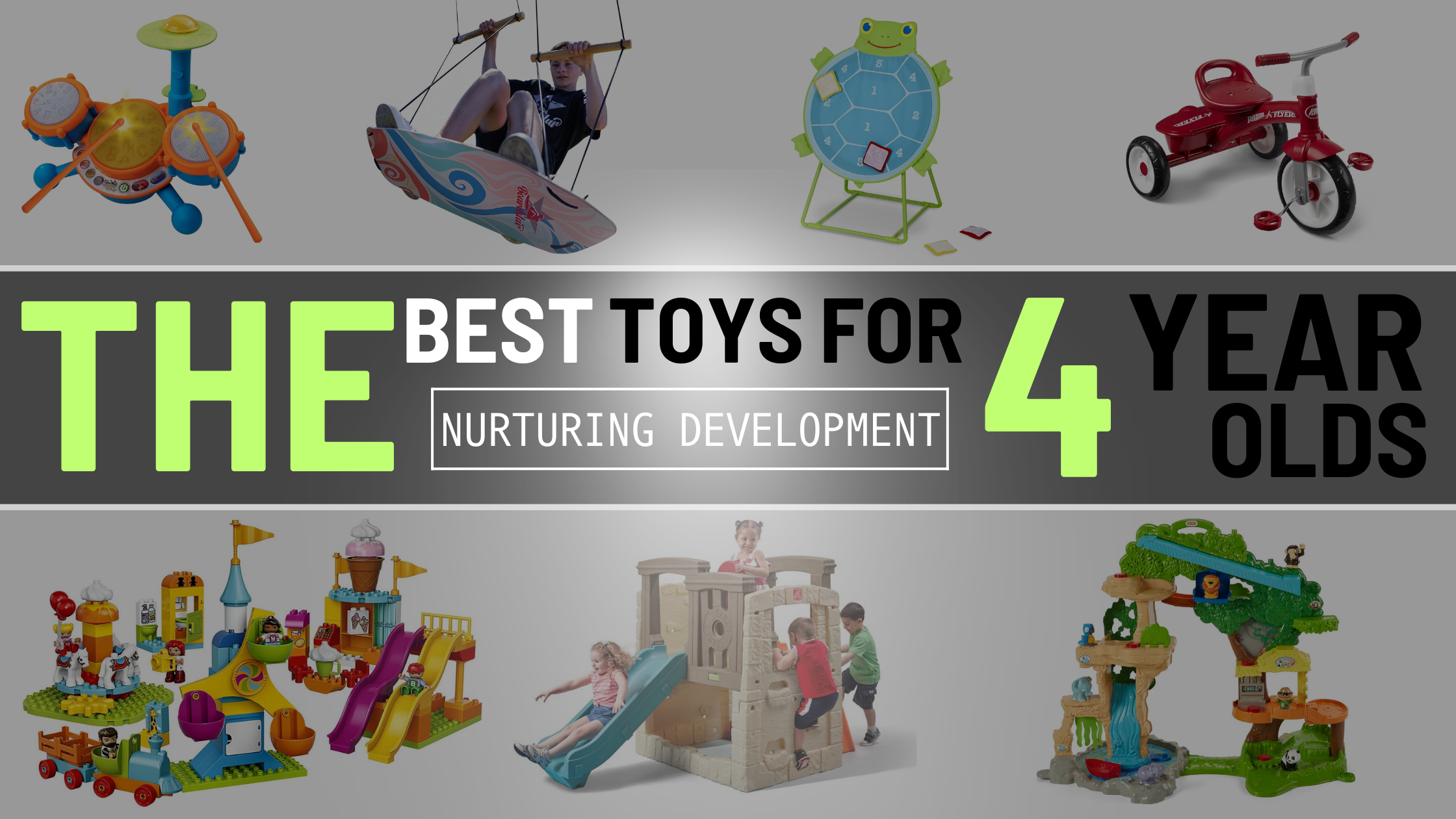In an age dominated by digital screens and fast-paced distractions, fostering a love for reading in children can be quite a challenge. However, as educators, parents, and caregivers, it is our responsibility to ignite that spark of curiosity and nurture a lifelong passion for books in the younger generation. One effective and engaging way to achieve this is by implementing monthly reading challenges with enticing prizes and incentives. In this article, we will delve into the world of monthly reading challenges, exploring their benefits and providing you with a comprehensive guide on how to create them successfully.
Reading Statistics
85%
43M
1 IN 5
1 IN 3
4 Mins
Reading for just 6 minutes can reduce stress levels by up to 68%.
Statistics for the benefits of reading in children
Reading from an early age offers numerous benefits for children’s cognitive, emotional, and social development. Here are some real statistics with percentages highlighting these advantages:
The Importance of monthly Reading Challenges for Kids
Before we dive into the nitty-gritty of organizing monthly reading challenges, let’s take a moment to understand why they are so vital in today’s world. Reading challenges serve as powerful tools to:
1. Foster a Love for Reading
- Reading becomes more than a chore; it transforms into a delightful adventure.
- Children learn to appreciate the magic of storytelling and the worlds books can open up to them.
check out this blog to learn more; THE POWER OF LITERATURE: THE IMPACT OF BOOKS ON YOUNG MINDS
2. Improve Reading Skills
- Consistent reading practice enhances vocabulary, comprehension, and fluency.
- Kids develop stronger analytical and critical thinking abilities through reading.
3. Boost Confidence
- Achieving reading goals and earning rewards boosts a child’s self-esteem and confidence.
- Success in reading challenges instills a sense of accomplishment.
4. Encourage Healthy Competition
- Healthy competition among peers can motivate children to read more.
- Kids can share their progress and discoveries, fostering a sense of community.
Creating Engaging Monthly Reading Challenges
Now that we understand the significance of reading challenges, let’s explore how to create captivating monthly reading challenges that kids will eagerly participate in.
1. Set Clear Goals
- Define the objectives of your reading challenge. Are you focusing on a specific genre, author, or theme?
- Determine the number of books or pages participants should aim to read each month.
2. Choose Exciting Prizes and Incentives
- Prizes can range from books and bookmarks to special outings or gift cards.
- Tailor rewards to different age groups and interests to keep participants motivated.
3. Create a Reading Tracker
- Provide participants with a reading log to track their progress.
- Make it visually appealing and interactive, allowing kids to personalize it.
Here are some ideas for making fun reading trackers:
- Reading Bingo: Create a bingo card with various reading-related challenges or goals in each square. For example, you can include prompts like “Read a book about animals,” “Read for 20 minutes before bedtime,” or “Read a book written by your favorite author.” Children can mark off each square as they complete the corresponding task. Offer small rewards or incentives for completing a row or the entire bingo card, such as a special treat or a trip to the library.

- Reading Tree: Draw a large tree on a poster or piece of paper and display it prominently in the child’s room. For each book they read, they can add a paper leaf or fruit to the tree with the book’s title and their name. As they read more books, the tree will “grow,” providing a visual representation of their reading progress. You can also encourage them to decorate the leaves or fruits with drawings related to the book they read.
4. Incorporate Variety
- Keep the challenge fresh by including diverse reading materials, such as graphic novels, magazines, and audiobooks.
- Introduce bonus challenges, like reading a book from a different culture or time period.
5. Engage the Community
- Encourage parents, teachers, and librarians to support and participate in the challenge.
- Host book club discussions or reading-related events to create a sense of togetherness.
6. Celebrate Achievements
- Recognize and celebrate milestones and accomplishments.
- Organize award ceremonies or reading-themed parties to honor participants’ efforts.
Measuring Success and Beyond
As your monthly reading challenges gain momentum and participants start devouring books, it’s essential to track and measure their progress. Keep an eye on:
1. Participation Rates
- Monitor the number of children and adults participating each month.
- Encourage referrals to expand your reading community.
2. Reading Logs
- Analyze reading logs to identify trends, such as preferred genres or authors.
- Use this data to tailor future challenges to participants’ interests.
3. Feedback and Suggestions
- Listen to feedback from participants, parents, and educators.
- Continuously improve the reading challenges based on their input.
In conclusion, monthly reading challenges with prizes and incentives provide a dynamic platform to nurture a love for reading in children. By setting clear goals, offering exciting rewards, and engaging the community, you can create a reading initiative that not only encourages kids to read more but also helps them grow into enthusiastic lifelong readers.
Join the Community
Becoming a part of our vibrant reading community is easy and rewarding. Here’s how you can get involved:
1. Follow on Pinterest
- Join our Pinterest community to discover visually captivating book recommendations, reading tips, and creative reading-related content.
- Stay updated with our latest boards and pins that will spark your reading enthusiasm.
2. Subscribe to the Blog
- Subscribing to our blog is your ticket to a treasure trove of literary insights.
- Get regular updates on reading challenges, book reviews, and engaging articles delivered right to your inbox.
3. Read Other Blogs
- Explore a world of diverse perspectives by diving into our curated list of recommended blogs.
- Discover new voices, unique book recommendations, and fresh insights into the world of reading.
By joining our community, you’ll not only embark on an exciting reading journey but also connect with like-minded book enthusiasts who share your passion for the written word. Don’t miss out on the chance to be a part of this thriving community of readers!
-
How can phonics for Reading change a child’s life? click now
Hey there! This post may contain affiliate links which means that, if you choose to make a purchase, I may earn a small commission at no extra cost to you. I greatly appreciate your support! Introduction In the fast-paced digital age, cultivating strong reading skills in children has become more critical than ever. While technology…
-
The Best Toys for 4-Year-Olds: Nurturing Development
Hey there! This post may contain affiliate links which means that, if you choose to make a purchase, I may earn a small commission at no extra cost to you. I greatly appreciate your support! Introduction: Toys for 4-year-olds Choosing the right toys for 4-year-olds is a crucial step in fostering their cognitive, social, and…
-
Best Tech Gifts for kids: ultimate christmas guide!
Hey there! This post may contain affiliate links which means that, if you choose to make a purchase, I may earn a small commission at no extra cost to you. I greatly appreciate your support! In this comprehensive guide, we’ll explore the best tech gifts for kids that will make this Christmas an unforgettable and…





